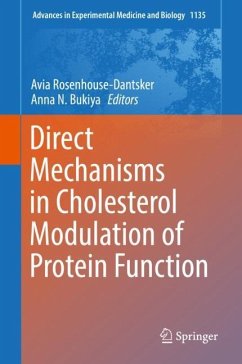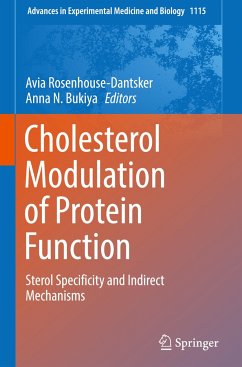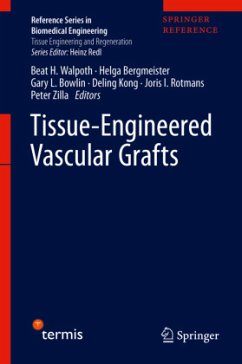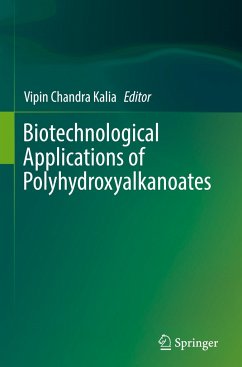
Biochemical and Biophysical Roles of Cell Surface Molecules

PAYBACK Punkte
57 °P sammeln!
Cell surface small molecules and macromolecules, such as members of cholesterol family (including steroid hormones), the glycolipid family (sphingolipids), the glycoprotein family (both N-linked and O-linked), and a vast array of other receptors have been shown to be involved in normal and abnormal cellular processes. The 11th International Symposium on Cell Surface Macromolecules, held in Mohali, India, in February 2017 provided a comprehensive update on the major advances in this area. Presenting selected contributions from this meeting, this book comprises 24 chapters, which provide in-dept...
Cell surface small molecules and macromolecules, such as members of cholesterol family (including steroid hormones), the glycolipid family (sphingolipids), the glycoprotein family (both N-linked and O-linked), and a vast array of other receptors have been shown to be involved in normal and abnormal cellular processes. The 11th International Symposium on Cell Surface Macromolecules, held in Mohali, India, in February 2017 provided a comprehensive update on the major advances in this area.
Presenting selected contributions from this meeting, this book comprises 24 chapters, which provide in-depth analyses of data on the role of cell surface macromolecules in cellular function and their alterations associated with pathological conditions. It includes comprehensive research papers and critical overviews of the functional role of cell surface molecules, discussing topics such as biochemical, biophysical, and cell biological approaches to study cell membrane molecules, and metabolism of glycoconjugates.
Presenting selected contributions from this meeting, this book comprises 24 chapters, which provide in-depth analyses of data on the role of cell surface macromolecules in cellular function and their alterations associated with pathological conditions. It includes comprehensive research papers and critical overviews of the functional role of cell surface molecules, discussing topics such as biochemical, biophysical, and cell biological approaches to study cell membrane molecules, and metabolism of glycoconjugates.














